Carton making and case packing are key operations in packaging facilities. Both rely on extremely fast motion systems with dozens of mechanically and programmatically linked axes for sufficient throughput to satisfy the demands of a global market. Case packing in particular is a common bottleneck. Typically, cartoners are installed at the ends of production lines, and then complementary pack stations fill the completed cardboard boxes with packaged consumer products. The speediest facilities can erect, orient, transport, fill, tape, and label several hundred cartons per minute.
The conveyors involved in these functions are often quite customized — essentially built from scratch as engineering “white-sheet” designs. Here, both pneumatic and servomotor-based systems are common. However, carton packing involving wrapped food products increasingly employ motors fitted with rotary-to-linear mechanical drives (screws) of one type or another. That’s in part because motors wear far less quickly than pneumatics and (perhaps surprisingly) even these cartoning stations can require washdown.
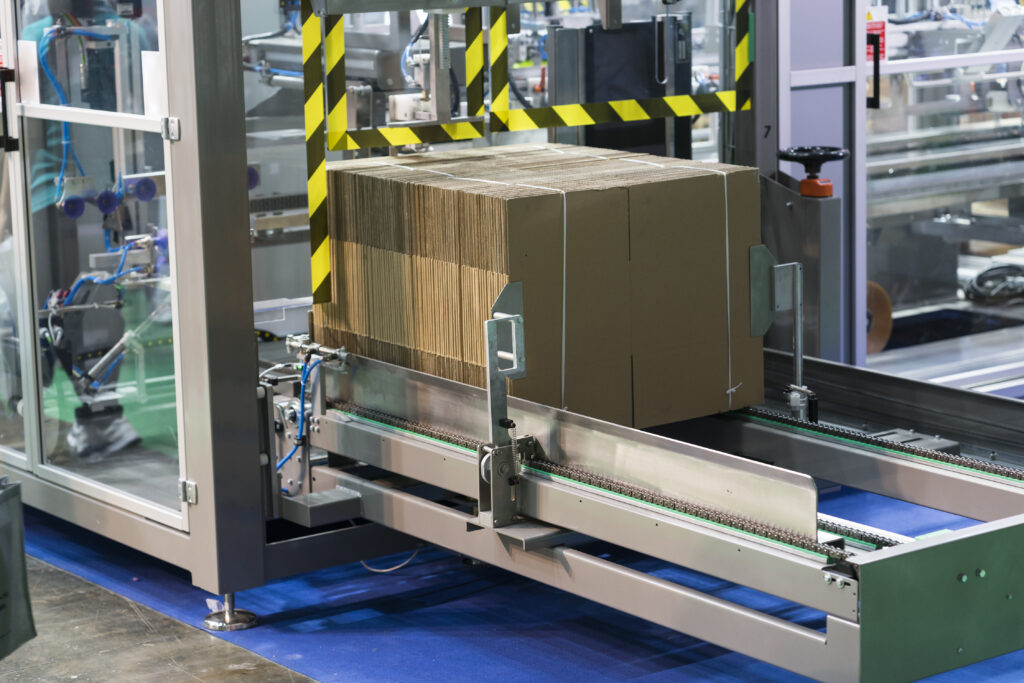
Major manufacturers of facial tissues, napkins, paper towels, and toilet paper typically carton these products in lanes — with a given case packer station preceded by a lane changer to service one lane at a time. Depending on the tissue product at hand, the lane-change actuators in these stations might need to make strokes to a few feet long. Servomotors paired with linear mechanical drives are increasingly common here.
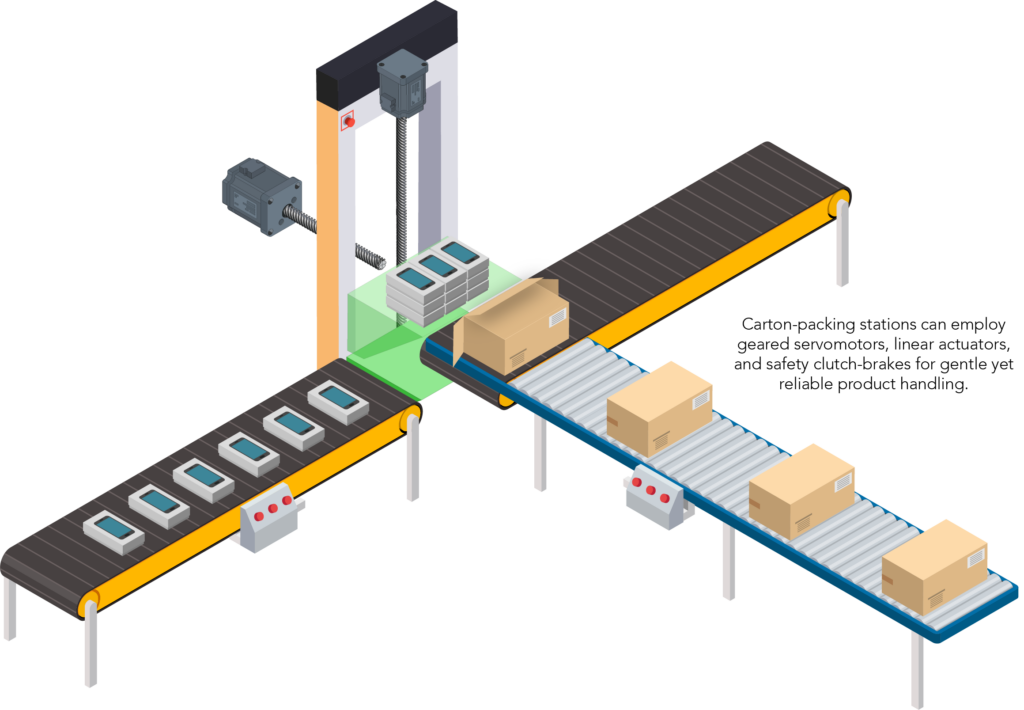
Consider the specific function of flap kickers — the automated fingers that fold a carton’s endflaps open at precisely the correct time to allow other automated systems to load product into the carton sans issue. Here, the servomotor designs just mentioned along with linear guides, carefully selected brake and clutch components, and motion programming (derived from modeling and simulation) yield a sufficiently fast design that also maximizes efficiency. Flap-kicker speeds depend on the size of the carton (and flaps) currently being erected, so arriving at the proper servomotor sizes for this application is relatively straightforward. However, case packing is decidedly more complex, as an increasing number of operations require the handling of mixed SKUs in a given batch.
Automating case packing in the field
In contrast with tough grains, field crops, and row crops that can withstand tumbling and dumping into industrial-sized bulk containers without bruising or other damage, horticultural crops (including fruits and vegetables) require more delicate handling. Recent innovations in automated machine design have made this possible. Such automation is particularly justified for horticultural foods that fetch high prices. No wonder that automated planting, weeding, and harvesting have become increasingly common … along with automated farm packing tasks.

Today, the majority of horticultural farm packing operations are still done manually, with many handoffs of a given piece of fruit or vegetable along its journey from field to grocer. However, motion systems based on six-axis robot and cartesian linear-actuator arrangements (especially with rack-and-pinion, belt, linear motor, and screw driven actuation) are seeing increased adoption. These leverage sensing arrays and crop-specific grippers to separate nested boxes; collect fruit and vegetable items; place them in cartons and trays; and stack the containers for transport.
Quintessential packing operations also benefit. Where these robots and cartesian arrangements tend industry-standardized tray formers, they supply corrugated cardboard from a pallet stack — moving from dock to machine at several meters per second in some cases. The cartesian variations often assume gantry-type morphologies for space savings, minimized maintenance, and long travel lengths (to many dozens of feet) of multiple carriages. Automated tray-former tending also serves to reduce incidences of back sprain in plant personnel, as cardboard can be surprisingly heavy. Sensing arrays and functional safety capabilities detect when personnel are present, and motion should cease; that’s essential to protect works from harm and to allow manual overrides … as when unusual or low-quantity units need processing by the tray former.

Articulated six-axis robots handle large payloads and (with automatic program and gripper swaps) execute a variety of functions, though can be costly and (if not traveling a seventh-axis track) limited in physical reach. They can also require specialty programming and a lot of plant floorspace to allow for sufficient safety fencing.
Linear motion in case forming and packing
In contrast with small cartesian systems used in pick-and-place packing operations, cartesian systems for the raw material-handling tasks of packaging must be capable of relatively long strokes to many dozens of feet in some cases. In some cases, integrated servomotors with onboard drives mounted on the cartesian assembly allow for flexible distributed control that outperforms traditional architectures commanded by controllers in a central cabinet. For all but the most complex packing operations, such distributed architectures is sufficient … even if there are multiple carriages on a given axis.
Application example for packaging variety packs
A packaging trend that originated in the U.S. is now spreading to a growing number of other countries — the consumer-pleasing variety or rainbow pack. Such packs contain several different flavors of a given product line … though due to the increased complexity, are normally used for costlier beverages such as premium beers, energy drinks, and hard seltzers. But for beverage producers, variety packs can introduce customers to several product variants at a go.
Systems abound for producing packs like these … though many still rely on manual tasks, so are operated by consignment companies, and can only handle low quantities.
KHS Group, a global manufacturer of filling and packaging systems for the beverage and liquid food industries, now offers an automated line configuration that enables the production of variety packs in the high-capacity ranges — processing up to 120,000 cans per hour. The system is basically a repackaging line which separates containers that have already been placed on trays and pallets on the actual production line and recombines them to form mixed packs.
To this end, beverage cans are fed by type to the repackaging line from the warehouse on pallets and trays. Two robots first depalletize the different product types while pushers separate the trays into individual rows. Two vacuum unpackers then lift the cans off the tray and place them in separate positions on the conveyor belt. From here the cans travel in single adjacent lanes to the packaging machine, with a different flavor in each line. In the machine the containers are then grouped into packs of four, six, eight, 12, 18, or 24 or other mixed packs and packaged in closed boxes. Smaller FullyEnclosed packs are returned to the trays previously emptied. These have run through the line parallel to the cans and can therefore be reused. With larger packs, additional packaging for transport is not needed as these are stable enough to be palletized as they are and are conveyed straight to the palletizer.

Depending on the configuration of the repackaging line, different mixes of two, three, four or six flavors are possible. The system uses KHS Innopack PPZs — proven in the returnables industry and now updated for this new application.
Three logical arguments speak for the offline system that is independent of the production setup. Firstly, a much higher level of investment would be needed to have the respective product types run from four different fillers directly to a FullyEnclosed packer. Secondly, the fillers would all have to run at the same speed and with the same efficiency and stability. Thirdly, the containers could be placed loose on the pallet to allow elimination of the unpacker. But here, an additional palletizer for loose containers would have to be installed on the existing line. The remaining beverage cans wouldn’t be saleable without further processing if a disruption caused a surplus of one product type or another to be produced.
The new KHS design can be combined with any existing line — most of which are already equipped with a tray packer.
KHS has also devised line configurations for the medium and high-capacity ranges. For example, in the variant for up to 36,000 cans per hour, a robot performs depalletizes the products and unpacks the containers from the trays. This makes the line footprint more compact and lowers upfront cost.
Additional reading:
What is a motor control center (MCC)?
Sensors aid packaging machine flexibility
Linear motion systems for packaging applications
Linear motion improves warehouse packaging efficiency
How to specify actuators for heavy-duty packaging applications
Are brushed motors suitable for industrial applications?
New technologies and applications for linear motors

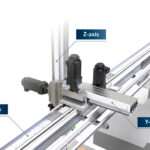
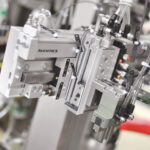
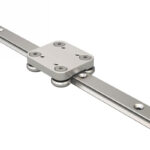
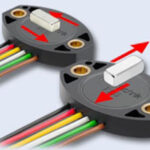
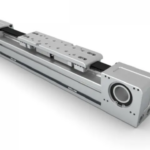

Leave a Reply
You must be logged in to post a comment.